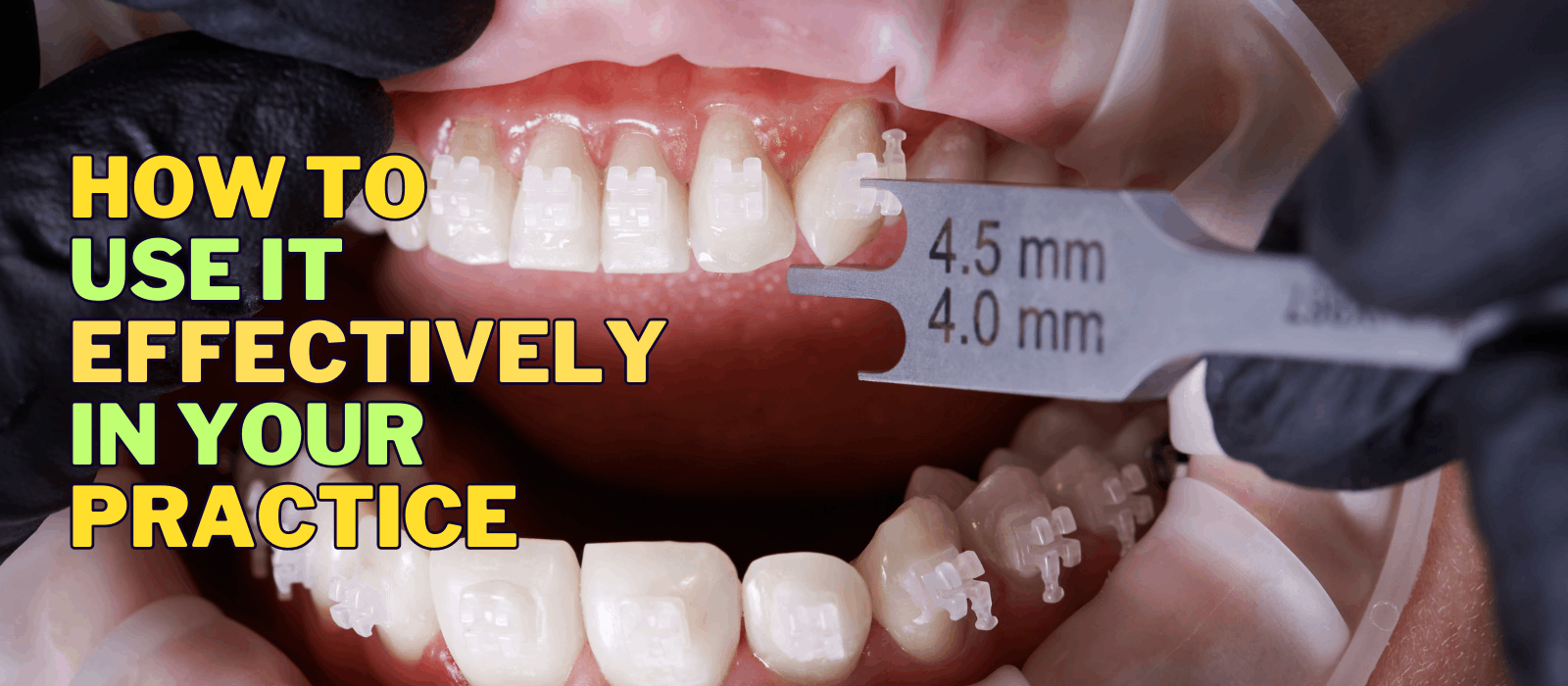
Table of Contents
Get Dental Catalogue PDF On Your Email
Demystifying the Boley Gauge: How to Use it Effectively in Your Practice
As a dentist you are aware of the importance of precision in all aspects of your work. One of the most important tools included in your dental arsenal can be the Boley gauge. The unassuming instrument is essential in making sure that measurements are accurate and ultimately ensuring efficient dental procedures. In this blog, we will explain this instrument, explain the Boley gauge, go into its capabilities, and provide our expert advice about how to utilize it to your advantage for your practice.
Check out our Precise Boley Gauge To Buy
Understanding the Boley Gauge
It is the Boley gauge, also referred to by the Boley gauge Caliper, is one of the dental measuring instruments that is used to measure the dimensions of dental parts. It usually has two arms that have pointed ends, as well as an instrument that shows the measurement. Arms can be adjusted for various sizes of teeth which makes it a flexible instrument for dentists.
Using the Boley Gauge Effectively
Accurate measurements are essential in a wide range of dental procedures, including restorative dental or prosthodontics, as well as orthodontics. The Boley gauge lets you precisely determine both the size, height and height of the teeth, dental prostheses and other elements such as implants. By taking accurate measurements, you will be able to ensure the proper fit of prostheses and dental restorations resulting in better patients’ comfort and overall successful treatment.
- Choose the Best Boley gauge Boley gauges come in a variety of dimensions and materials. When choosing a gauge for your practice, take into consideration the kinds of procedures you typically undertake along with the comfort of using it. Steel gauges made of stainless steel are strong and simple to maintain however, plastic gauges are more affordable and ideal for use in disposable containers.
- Calibrate regularly As with any other measuring instrument such as the Boley gauge needs regular calibration to ensure accuracy. Before you use it on an individual, ensure that it’s calibrated properly. If you observe any irregularities make sure it is calibrated or look into changing it to a brand new one.
- Practice Sterilization & Infection Control Make sure that your patients are safe by adhering to strict sterilization and infection control procedures for your dental equipment including your Boley gauge. Make sure you regularly clean and disinfect the gauge to avoid cross-contamination.
- Master the technique to use the Boley gauge efficiently, you must use the proper method. Simply open the arms of the gauge, and then place its pointed ends on the dental part you want to gauge. Be careful not to apply too much pressure in order to avoid any discomfort to the patient as well as the possibility of injury to the dental structures that are delicate.
- Take the measurements seriously The dial or scale that is on the Boley gauge displays the measurements in millimeters. Make sure to take the time to interpret the measurements with precision to avoid mistakes which could affect the final outcome of the treatment.
- Record the measurements Record the measurements taken using the Boley gauge on the dental chart of the patient or electronic documents. Being able to access precise measurements can aid in planning treatment and will be a reference for the future.
Tips for Specific Dental Procedures
- Crown and Bridge Work When you are getting ready for crown or bridge work, make use of the Boley gauge to determine the size of the tooth that requires the restoration. Make sure the crown’s shape and size match the teeth of the patient to ensure optimal aesthetics and performance.
- Dental Fittings It is the Boley gauge is essential in fitting dentures. Find the height and width of the edentulous area to make dentures that are comfortable and secure.
- Implant Positioning When performing implant procedures you can use the Boley gauge to evaluate the space available and make sure of an appropriate implant size selection. A precise measurement will reduce complications during surgery, and will help ensure the success of osseointegration.
